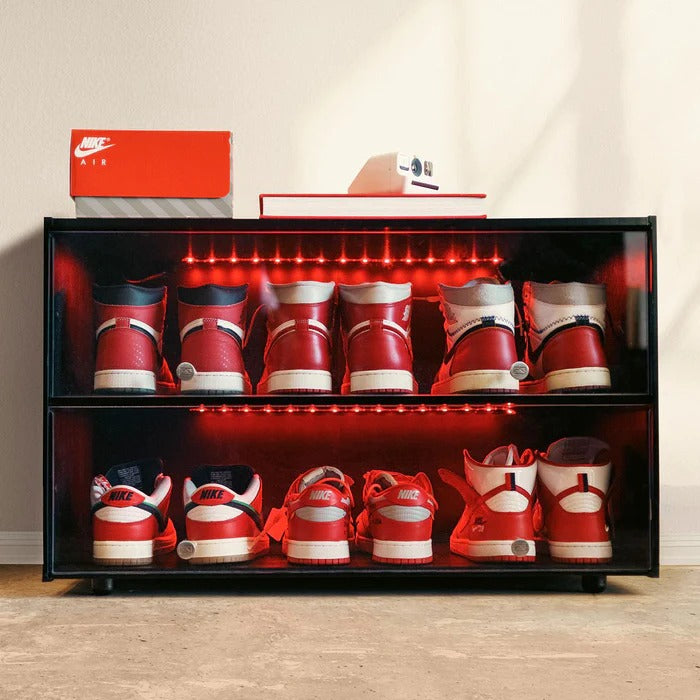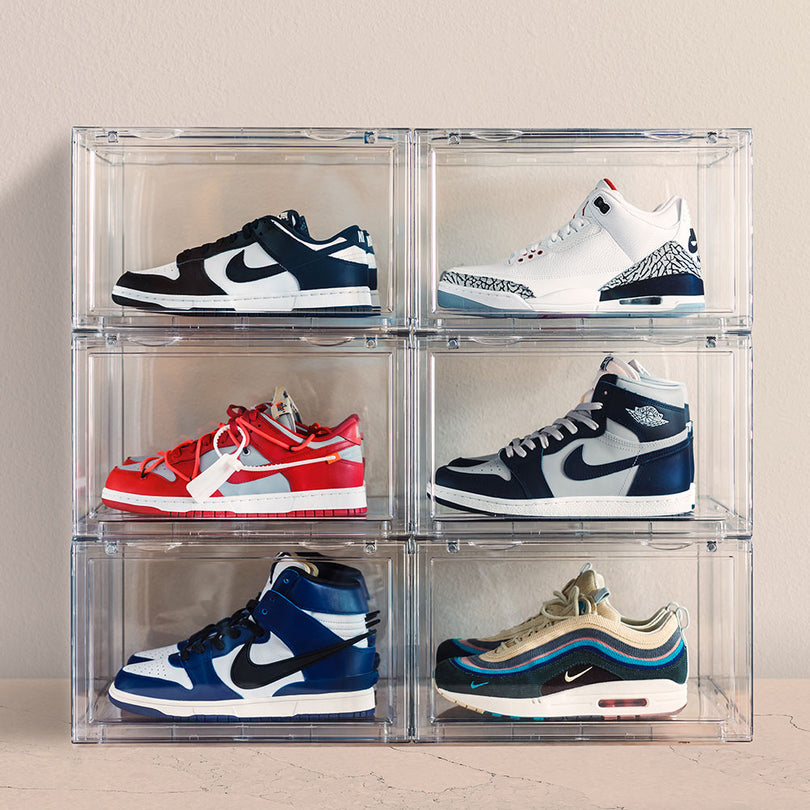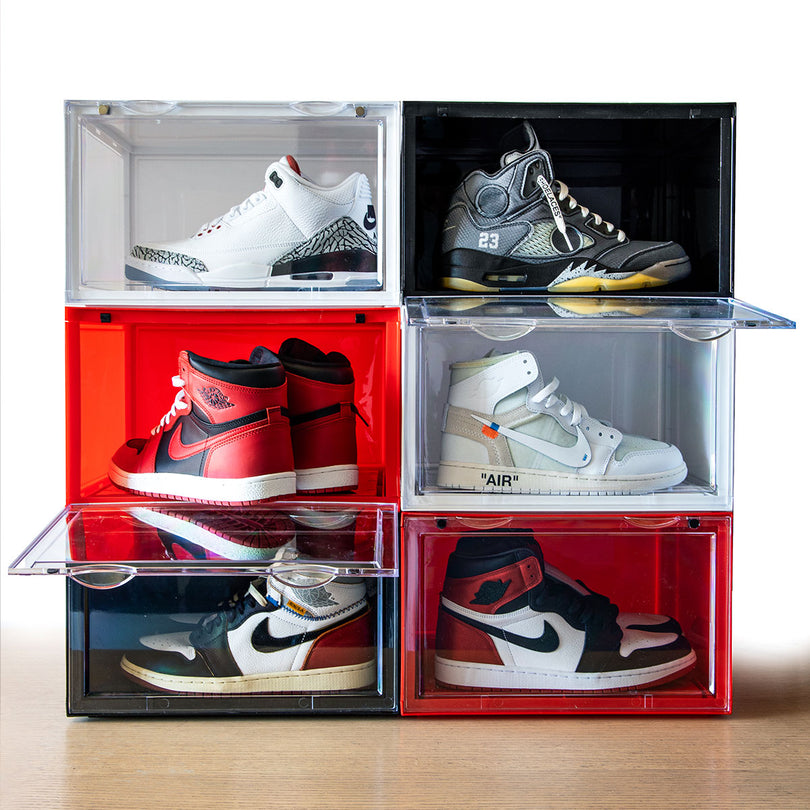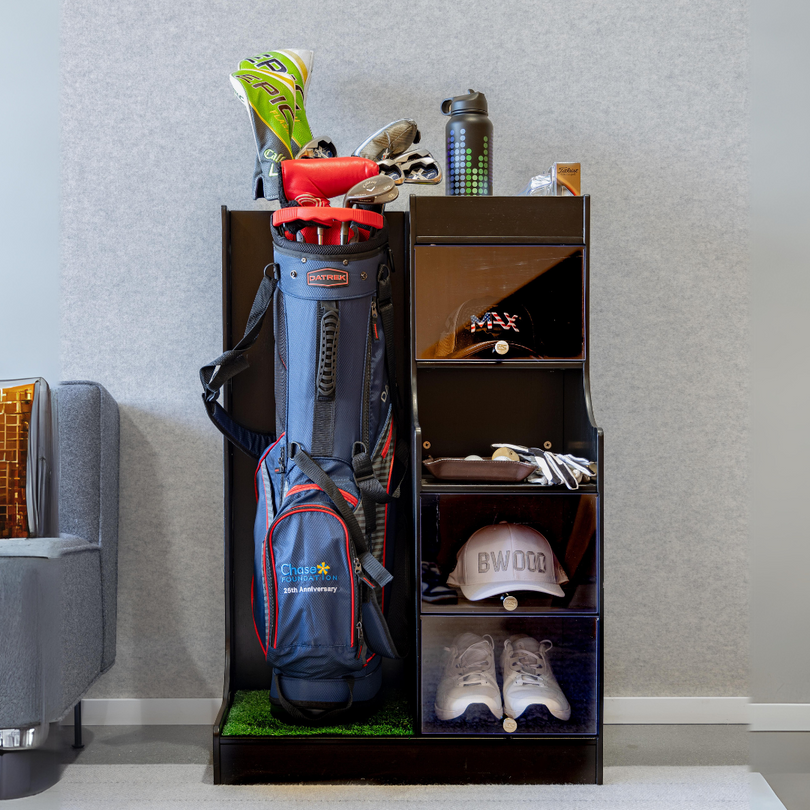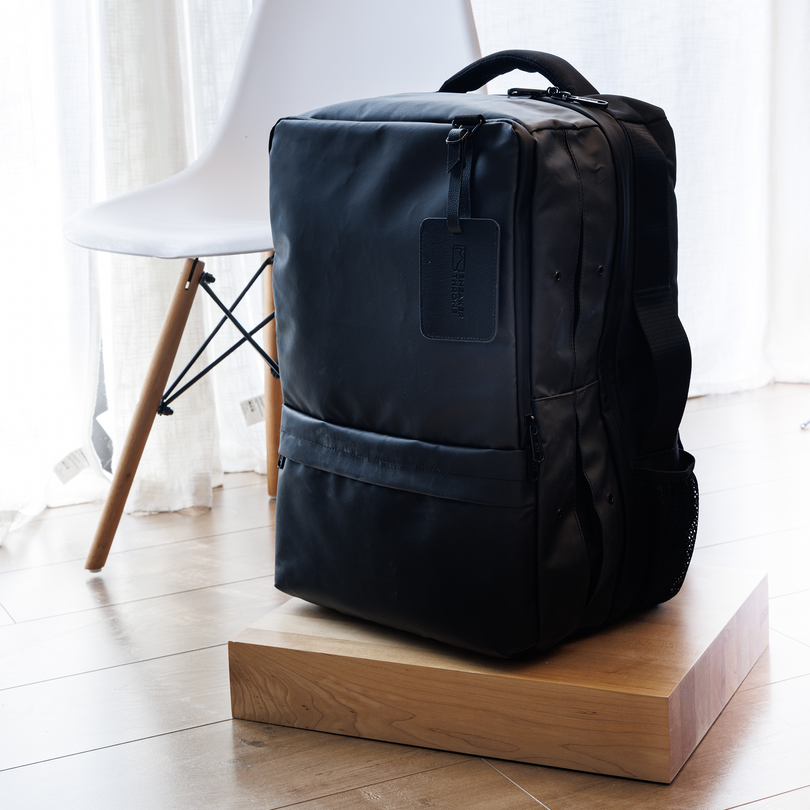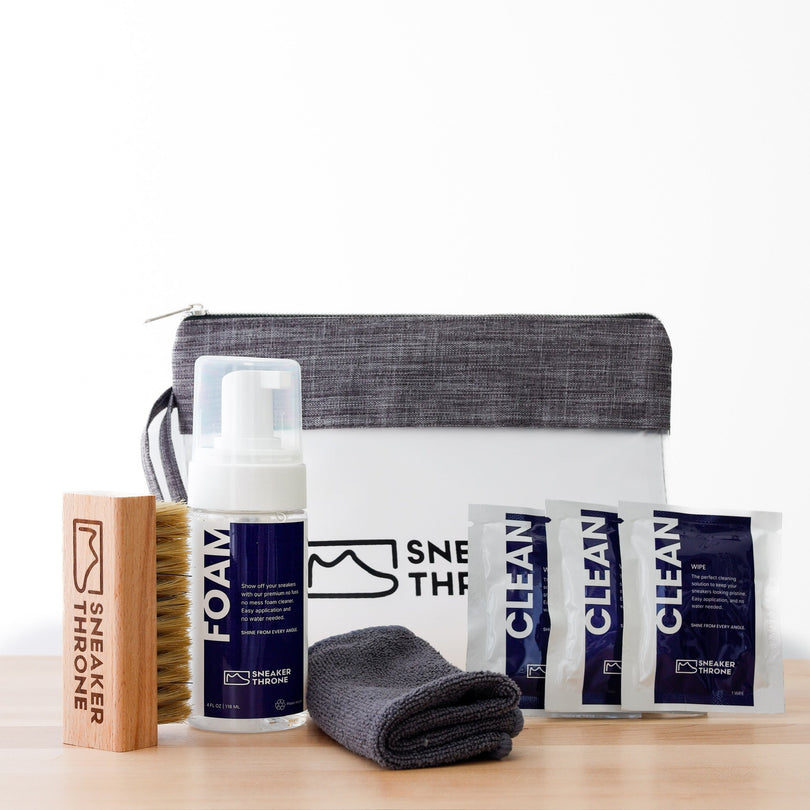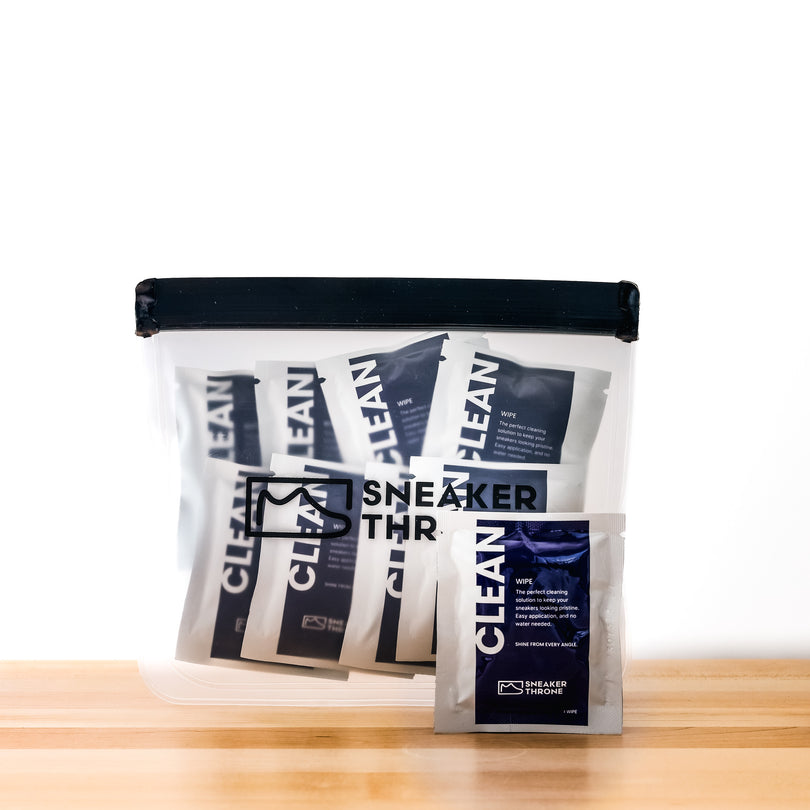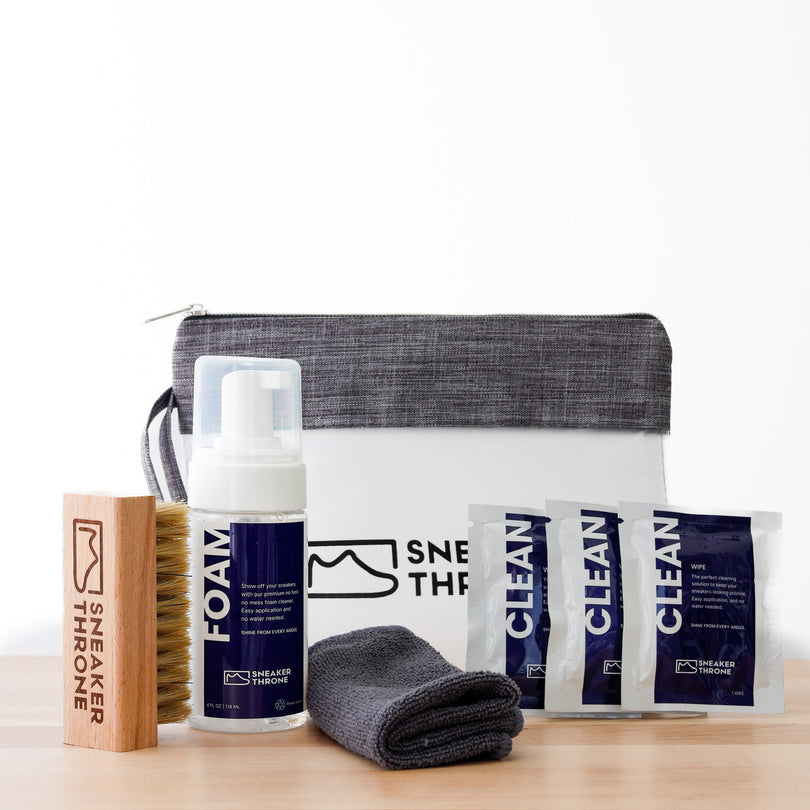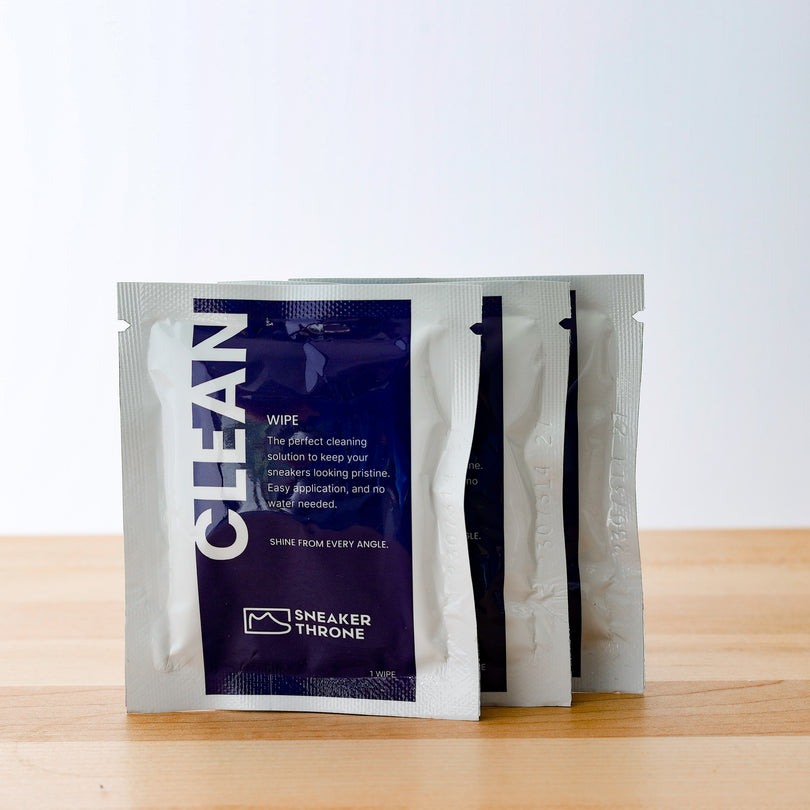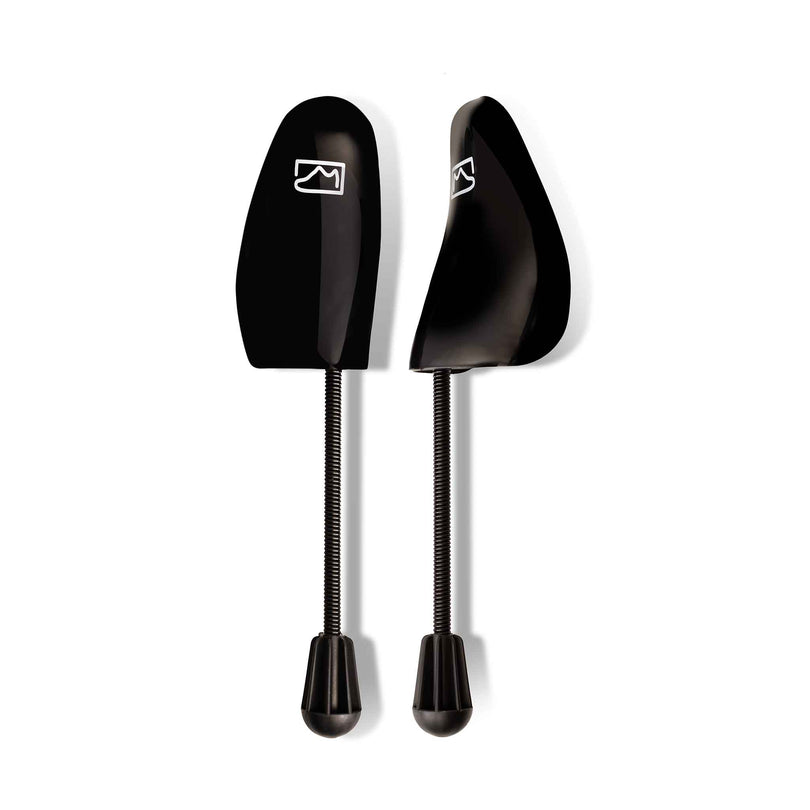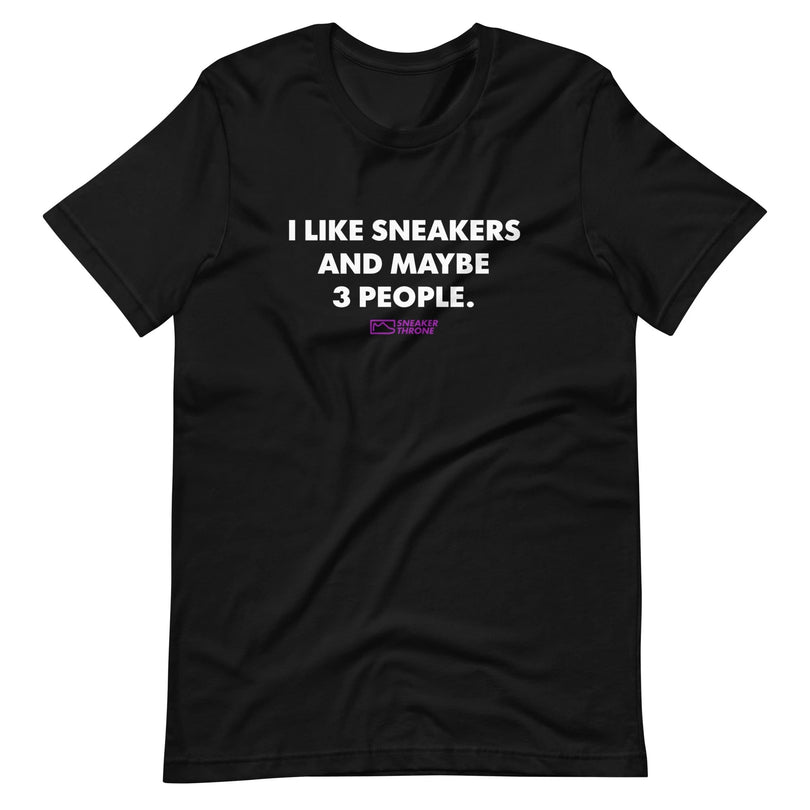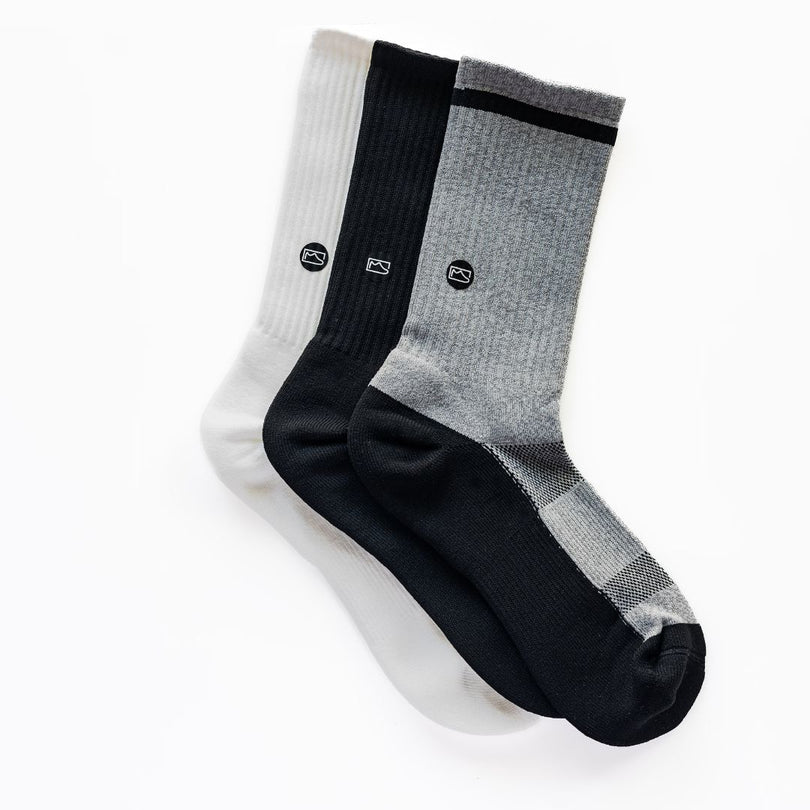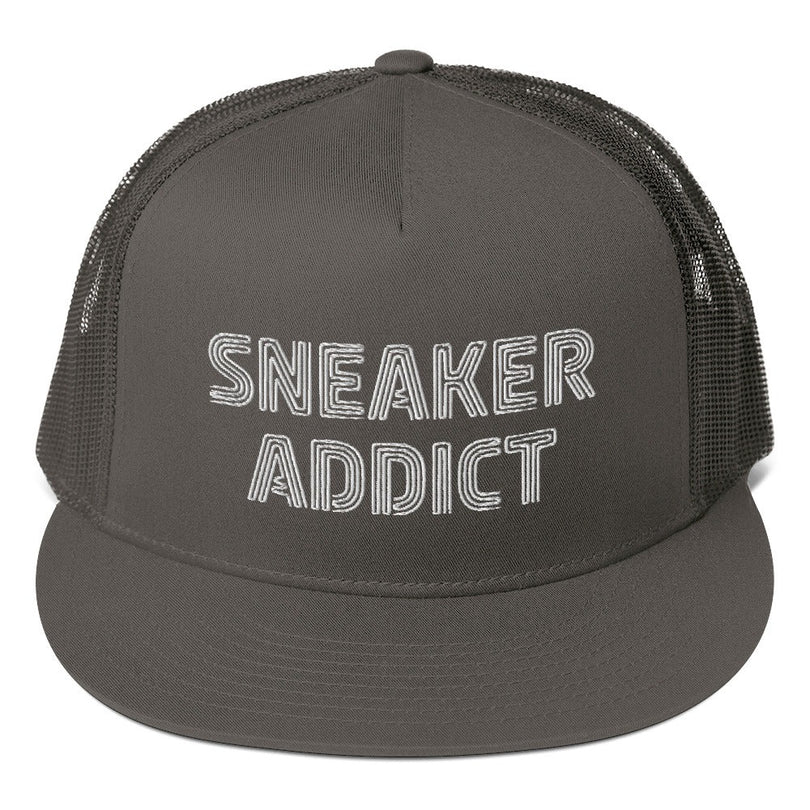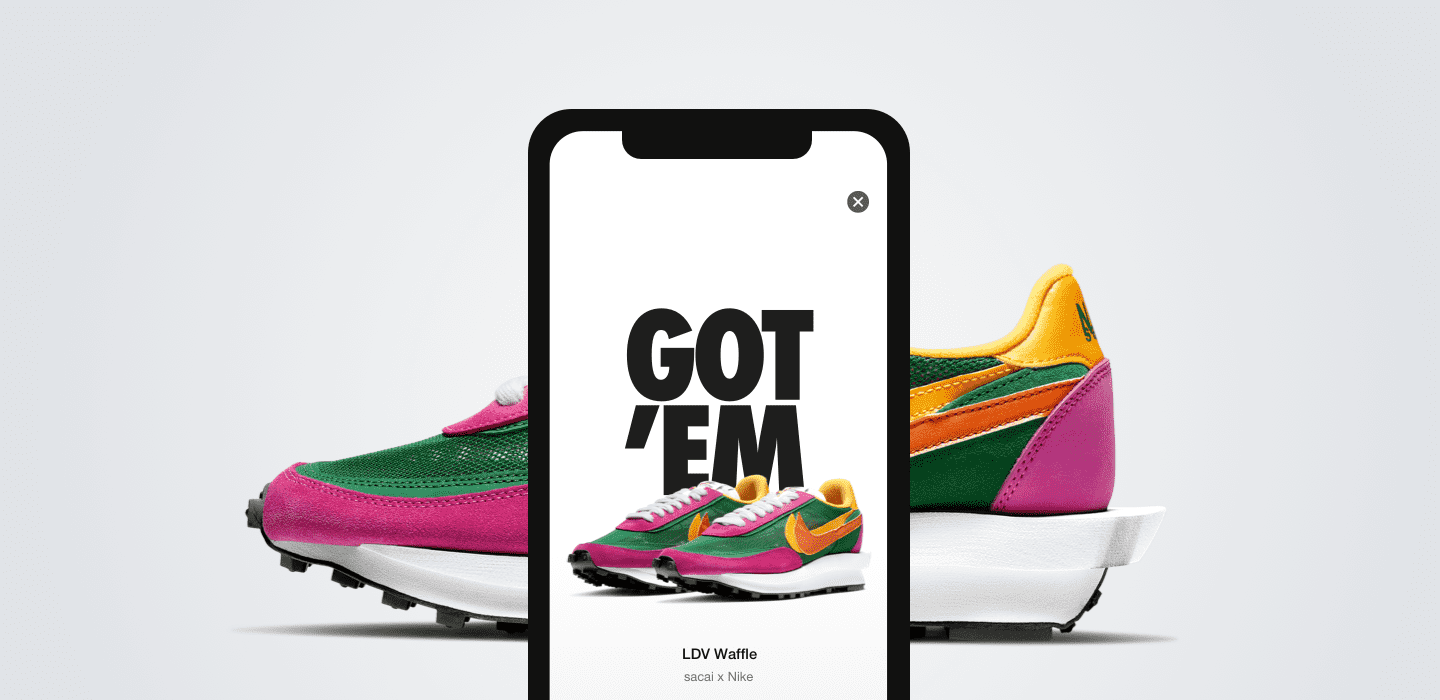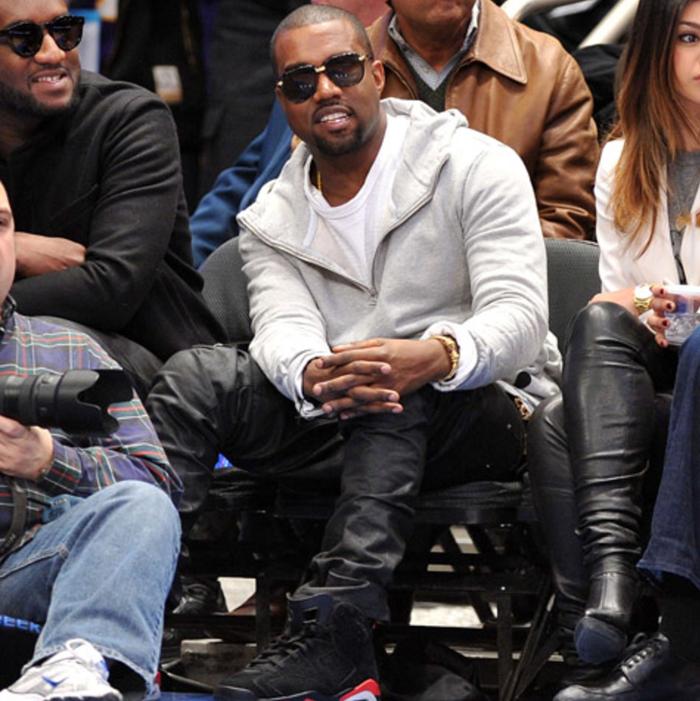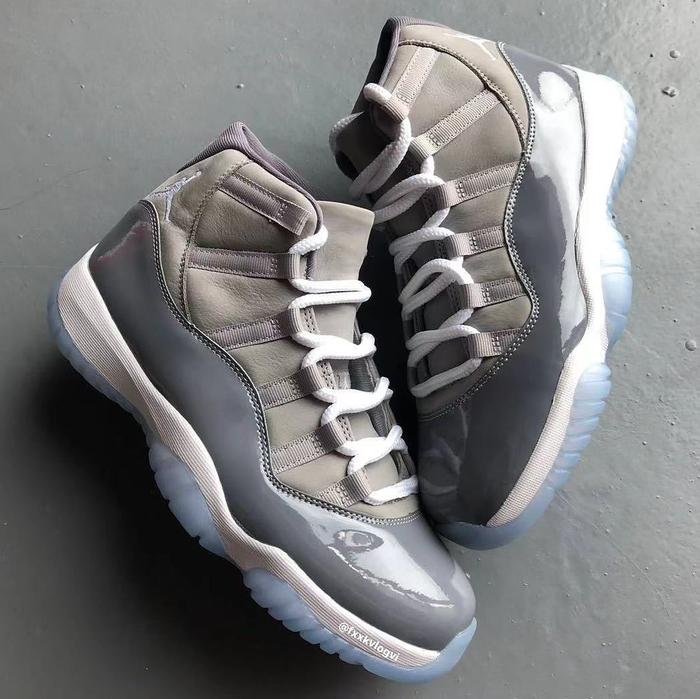Nike Says They're Going To Make The SNKRS App Better For Sneaker-Obsessed Customers
A slide from a recent internal Nike presentation read, “We are at risk of losing our most sneaker-obsessed consumer,” making it apparent that The Swoosh is aware of your frustrations with the current climate for sneaker releases and their SNKRS app. Whether Nike actually attends to do anything about it is still debatable but here are some of the strategies they say they are working on.
Taking Ls has become a common experience for anyone shopping on Nike's SNKRS app. Although, according to recent Complex story, Nike CEO John Donahoe claims to enjoy the experience of hitting on a SNKRS draw (albeit his explanation and timeline sounds like he might be confusing the experience with the barista at Starbucks calling his name when his pumpkin spice latte is ready). Donahoe also said recently that, “The Off-White Dunk ended up in the hands of hundreds of thousands of our most deserving members, creating what we call ‘exclusivity at scale.’ And this improved consumer experience has a positive impact on the entire business. We’ve seen that those who benefit from exclusive access on SNKRS spend more, fueled by the energy of their win.” Despite what the Nike CEO says, the company still seems to be struggling to make SNKRS actually work for their customers.
On a recent investors call, the SNKRS app was once again a hot topic. The presentation that was "leaked" to Complex and covers a wide range of concerns for Nike. SNKRS global VP Ron Faris said, “Our community is becoming disenfranchised by our low fairness numbers,” he said. “Our fairness numbers are not where they should be. They’re at, like, the mid-20s; they need to be in the 80s.” Loosely interpreted from the corporate jargon, Nike thinks your should "feel" like you have about an 80% chance of hitting on a SNKRS drop but in reality, you probably feel like it's around the 20-25% range. Faris' global fairness mandate is intended to “ensure 80 percent perceived member fairness through the lens of access, bot mitigation, inclusion, clarity, and accountability.” Essentially, Nike sees the world of sneaker collecting going from subcultural to mainstream, even using gentrification in their anaology. That change has pushed out many of the people who shaped the culture of sneakers. “We’re gonna shape the marketplace to reflect the community we serve,” Faris said. “Especially in Black and brown communities and Asian communities, so that we actually show and we actually give equity and inclusion to the communities that have been gentrified out and alienated by the resale market.”
The presentation also revealed that the number of active SNKRS users has increased 57% in the last year. In some cases that means 300,000 users trying to buy a shoe a year ago, is now more like 750,000 people trying to buy a shoe. On top of that, demand has gone up over 70% in the past year, to a whopping dollar amount of $1.69 billion. Yet somehow, Nike only met 7% of that demand. I'm not a mathmatician but somehow the scale of these numbers don't seem to align with the "20-25% perceived win" rate mentioned above. Faris doubled down on Nike's belief that bots are not a significant part of problem, claiming that they do a good job of defending against them but saying that the level of available product offered in the app now hasn’t caught up to meet the current level of demand.
A recent example of Nike's "redefining scarcity," according to Faris, can be seen with the Off-White x Nike Dunks, where the collection of 50 Dunks was pushed to users with an opportunity buy, rather than entering a draw. While that might be a "new" approach, it's hard to buy what they are selling. Nike has confirmed that 500,000 pairs of the 50 colorways were released. Although all colorways weren't created in equal numbers, let's assume, for sake of this analogy, that they were. That means that 10,000 pairs of each Off-White x Nike Dunk were released. Using the numbers from the presentation, that's a 1 in 7,500 chance if 750,000 tried, or to give Nike more credit, we can use the old 300,000 entries number and say that it is a 1 in 3,000 chance of hitting. That's not anywhere near their "perceived win" numbers.
In terms of production numbers, the Trophy Room x Air Jordan 1 was limited to 12,000 pairs. The Dior x Air Jordan 1 was limited to 8,500. The "Flipped Bred" Air Jordan 1 was limited to 23,000 pairs. Whether 10,000 pairs of each Off-White Nike Dunk is "enough" will always be up for debate. Of course if you hit, you probably are happier than if you were hoping to and didn't but here is something to think about:
In 2001, Nike made 50,000 pairs of the Air Jordan 1 "Royal" according to the tongue tags on those pairs. They made 38,345 pairs of the "Bred" Air Jordan 1 that same year. Each of these pairs, would be widely considered the most popular releases of that year by sneakerheads. 20 years later, when they themselves admit that sneaker collecting has become mainstream, they are making significantly fewer pairs of some of their most popular releases.
Nike CEO John Donahoe describes the strategy for modern-day releases as "exclusivity at scale." Meaning, they want to keep the hype high, while at least meeting some of the demand. Will that be enough to keep the "sneaker-obsessed" consumers that they feel they are losing to the competition? That is where you come in. At the end of the day, you as the consumer will ultimately decide if Nike is doing their best and what pairs will sit in your Sneaker Throne.
CHECK OUT SOME OF OUR MOST POPULAR STORIES

